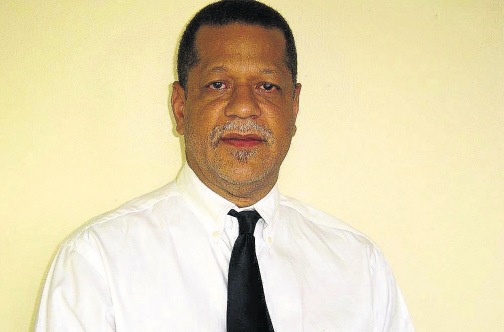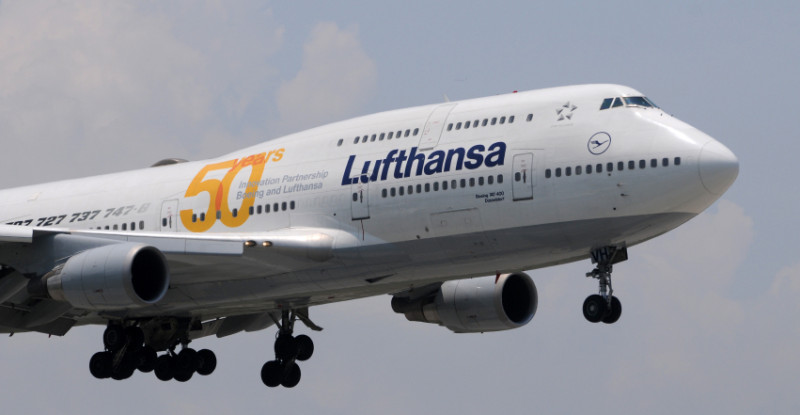According to the Centers for Disease Control and Prevention up to 750,000 Americans travel abroad for surgery every year.
Washington (WUSA9) :
Sun, surf, and surgery at the same time. More people are taking advantage of medical tourism. But experts say tread carefully, because a few hundred dollars of savings can cost you big bucks down the line.
According to the Centers for Disease Control and Prevention up to 750,000 Americans travel abroad for surgery every year Tenia Stuckey is one of them.
Stuckey says, “For one it’s this stigma that doctors overseas will do better procedures. Or they’ll take out more fat.”
Stuckey says her friends praised their destination surgeries, and she says they have the stunning bodies to prove it.
“So they might say, ‘I went to Columbia or the Dominican Republic or Mexico.’ Me in particular I chose to go to the Dominican Republic to get lipo. I got lipo in my thighs, my butt, hips etc. just to keep everything looking picture perfect,”
But the trip turned suspect at the point of arrival, Tenia and a close friend both went to see a specific doctor to get liposuction. But the procedure was pushed back a week resulting in a shorter recovery time.
“Because I was coming from the United States, they couldn’t keep calling me to get the procedure together,” says Stuckey.
In the weeks following the procedure, she suffered a painful infection. She couldn’t even sit down.
There was waviness, there was unevenness, they didn’t take the fat out uniformly so that one side was bigger than the other side.
She also developed bumps and discoloration on her body. For a fix, she turned to Dr. Emeka Onyewu and his team at Jamachi Plastic Surgery. First, they treated the infection.
Dr. Emeka Onyewu says, “There was waviness, there was unevenness, they didn’t take the fat out uniformly so that one side was bigger than the other side. We had to redo the liposuction anyway to even out the irregularities that she had.”
Dr. Onyewu says he performs corrective procedures often for those who get surgery abroad, “The number one risk is you have to be sure of who’s doing the surgery.”
It can be hard to get the right information about a doctor, or even know if the right person is doing your procedure. Even if you are bilingual like Tenia, you could still be in for a rude surprise when you reach your destination.
I don’t know who did the surgery, they were putting lines on me that the doctors didn’t draw on me the first day so I was like, ‘that’s not where the doctor told me the cuts would be’.
“There are people who do cosmetic procedures, who are not even trained as cosmetic surgeon,” adds. Dr. Onyewu.
Follow ups can be another issue. In Tenia’s case, this could have prevented the infection.
It’s impossible to follow up and you can’t keep flying back and forth for the slightest little things,” says Stuckey.
Her infection is treated and now Dr. Onyewu is fixing her scars.
Dr. Onyewu says, “You really get what you pay for, and sometimes you pay for it with your life. We’ve had people who have died.”
Risks of Medical Tourism (from cdc.gov)
The specific risks of medical tourism depend on the area being visited and the procedures performed, but some general issues have been identified:
•Communication may be a problem. Receiving care at a facility where you do not speak the language fluently increases the chance that misunderstandings will arise about the care.
•Doctors may reuse needles between patients or have other unsafe injection practices, which can transmit diseases such as hepatitis and HIV.
•Medication may be counterfeit or of poor quality in some countries.
•Antibiotic resistance is a global problem, and resistant bacteria may be more common in other countries than in the United States.
•The blood supply in some countries comes primarily from paid donors and may not be screened, which puts patients at risk of HIV and other infections spread through blood.
•Flying after surgery increases the risk for blood clots.
What You Can Do
•If you are planning to travel to another country for medical care, see a travel medicine practitioner at least 4–6 weeks before the trip to discuss general information for healthy travel and specific risks related to the procedure and travel before and after the procedure.
•Check for the qualifications of the health care providers who will be doing the procedure and the credentials of the facility where the procedure will be done. The Joint Commission International (US-based) certifies health care facilities according to specific standards.
•Make sure that you have a written agreement with the health care facility or the group arranging the trip, defining what treatments, supplies, and care are covered by the costs of the trip.
•Determine what legal actions you can take if anything goes wrong with the procedure.
•If you go to a country where you do not speak the language, determine ahead of time how you will communicate with your doctor and other people who are caring for you.
•Obtain copies of your medical records that includes the lab and other studies done related to the condition for which you are obtaining the care and any allergies you may have.
•Prepare copies of all your prescriptions and a list of all the medicines you take, including their brand names, their generic names, manufacturers, and dosages.
•Arrange for follow-up care with your local health care provider before you leave.
•Before planning “vacation” activities, such as sunbathing, drinking alcohol, swimming, or taking long tours, find out if those activities are permitted after surgery.
•Get copies of all your medical records before you return home.
source: http://www.wusa9.com / WUSA9.com / Washington (WUSA9) / EDT – September 18th, 2014




